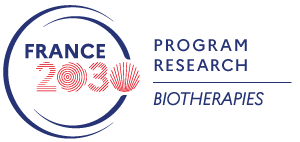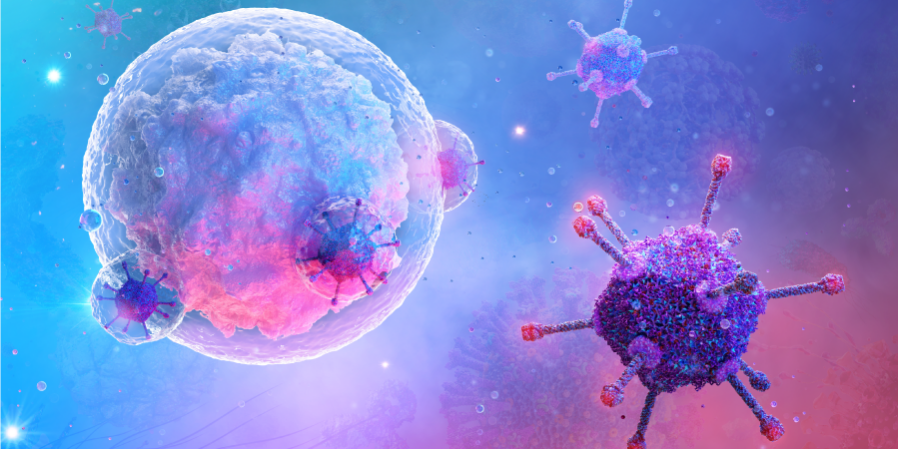Innovative approaches for quality control to support the industrial deployment of future gene therapy products.
Philippe HANTRAYE – UMR 9199
CEA
Molecular Imaging Research Center (MIRCen)
AAV
Quality control
Empty capsids
In line process
Vector genome characterization
Immune response
- Budget : 3,4 M€
- Duration : 4 years (2023 – 2027)
The efficacy of gene therapy in vivo, in particular through the use of AAV vectors, has been demonstrated in animal models for numerous pathologies which are currently in a therapeutic deadlock. On this basis, clinical trials have already led in recent years to the marketing of three biotherapies by in vivo administration of AAV for rare genetic diseases (e.g. Leber congenital amaurosis, spinal muscular atrophy, hemophilia B).
However, despite the large increase in the number of clinical trials, the implementation of AAV in the clinic on a larger scale will not be possible without a significant improvement in the process of AAV vector production, itself inseparable from characterization (or quality control) of the batches of vectors. In addition, regulatory requirements for product characterization are increasing as more gene therapy products reach commercialization.
Compared to classical pharmacology, these biotherapies pose new problems related to their very nature which influence their efficacy and toxicity. This is the case, for example, of the ratio between empty capsids and full capsids of AAV, or the encapsidation of partial (truncated) genomes which strongly influence the efficacy and therefore the viral load administered to patients, and ultimately largely condition the immunological secondary effects of the treatment. The viral load factor is all the more crucial since it has been shown in the past that for pathologies requiring the peripheral administration of a large dose of vector, there may be a very narrow window between the effective dose and the dose causing the occurrence of serious side effects.
In this project we will:
- carry out a comparative analysis of the advanced technologies already available to qualify batches of AAV, and we will compare the results obtained for batches produced by different systems (mammalian cells and insect cells) and purified by different methods (ultracentrifugation and HPLC);
- develop disruptive methods (including mass sensors and nanopore sequencing technology) for AAV characterization with a particular emphasis on assays that quantify the percentage of empty capsids and determine the integrity of packaged AAV genomes;
- compare the influence of AAV batches containing or not truncated genomes on the immune response in different models. For this, we will use reporter lines and primary human dendritic cells to identify the mechanisms at the origin of the innate immune response.
The innate and adaptive immune responses will also be analyzed in vivo after intravenous or intracerebral administration to respectively target the liver as a target of interest for metabolic diseases, or the brain for neurodegenerative diseases that affect either a particular nucleus or on the contrary a large area of the brain. These experiments will be carried out on relevant models of these pathologies developed on mice, but also on non-human primates which present an immune response and a biodistribution of vectors similar to those of humans.
Thus, by determining the essential quality criteria to be implemented to ensure the efficacy and safety of AAV vectors, the QualAAV project will have a central role in the PEPR axis aimed at accelerating the deployment of in vivo gene therapies which are essentially based on the use of this type of vectors.
| Coordinating partner : Philippe HANTRAYE – UMR 9199 CEA Molecular Imaging Research Center (MIRCen) |
|||||||
| Giuseppe RONZITTI – UMR 951 Inserm – Evry University Integrated Genetic Approaches for the Treatment of Rare Genetic Diseases (INTEGRARE) |
|||||||
| Céline HERNANDEZ – Next generation sequencing core facility CNRS Institute of Integrative Biology of the Cell (I2BC) |


